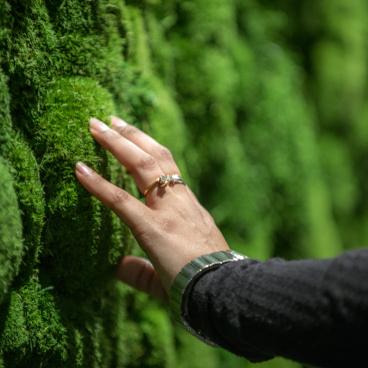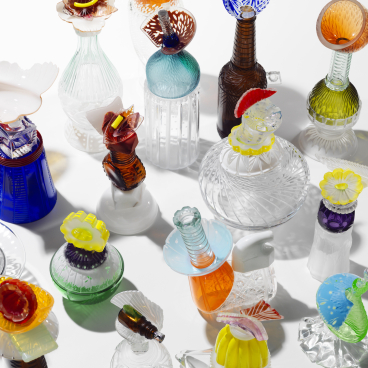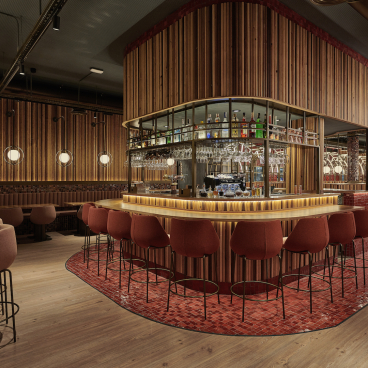Gavin Stanley Keightley's work is inspired by the power of natural erosion; the wind, the rain, the land and the sea.
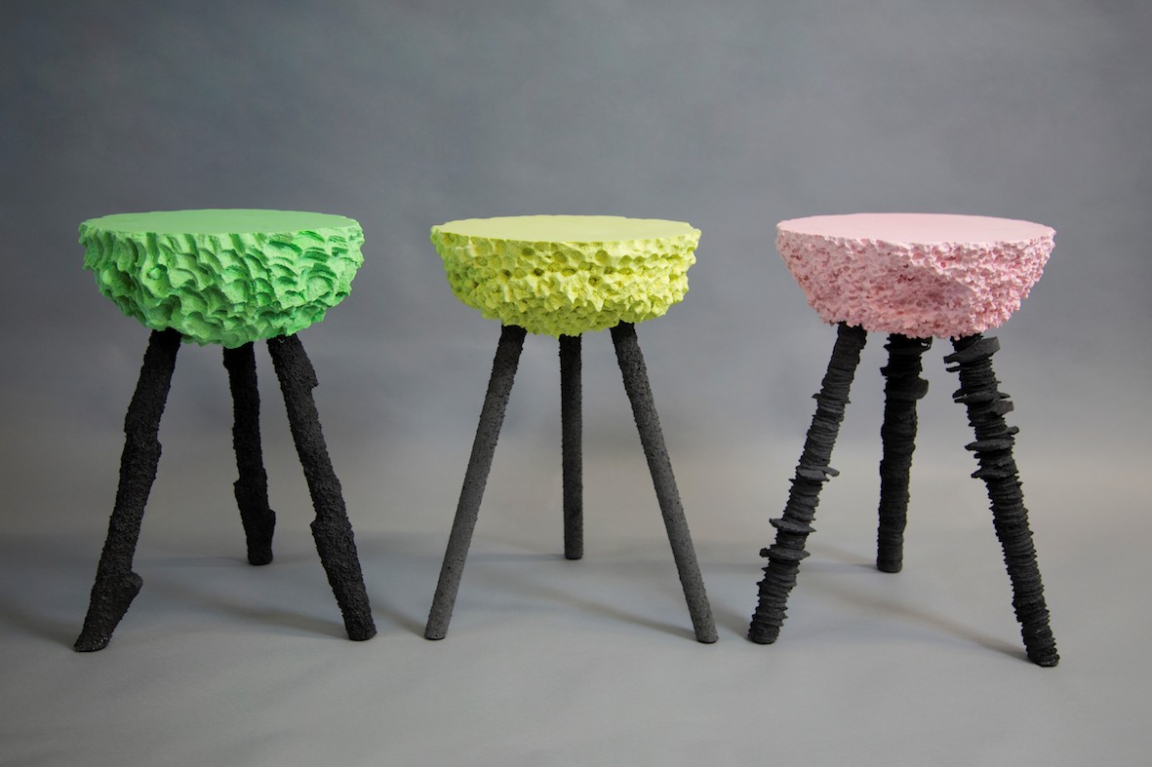
Gavin Stanley Keightley - Colour Tops
Gavin Stanley Keightley is a Designer-Maker with a passion for process-led design. His enthusiasm for making stems from a strong belief in developing manual skills and investigating unexplored and undervalued methods to reveal new and innovative results.
Keightley’s practice is based on material exploration and process development, he loves to explore his relationship with the natural world, whether it be investigating into natural phenomena and finding ways of translating these into ways of making objects, or researching and redefining materials to produce outcomes that are wholly unique.
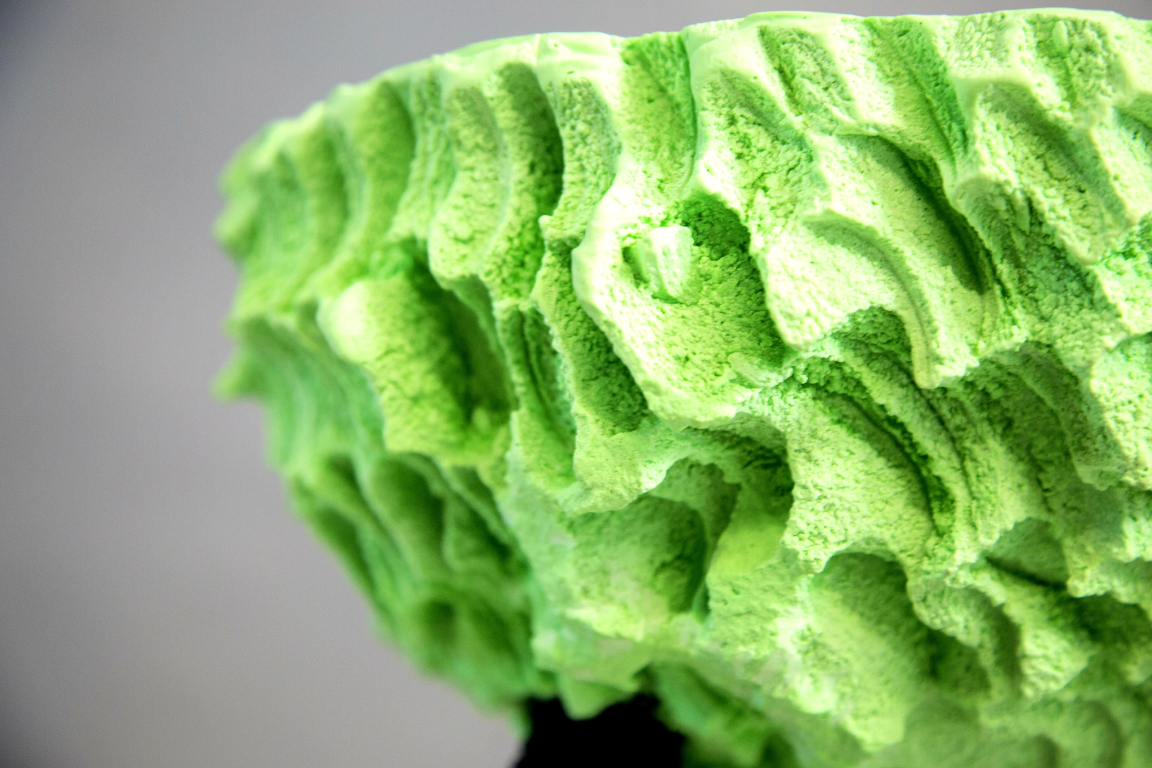
Gavin Stanley Keightley - Colour Tops Detail
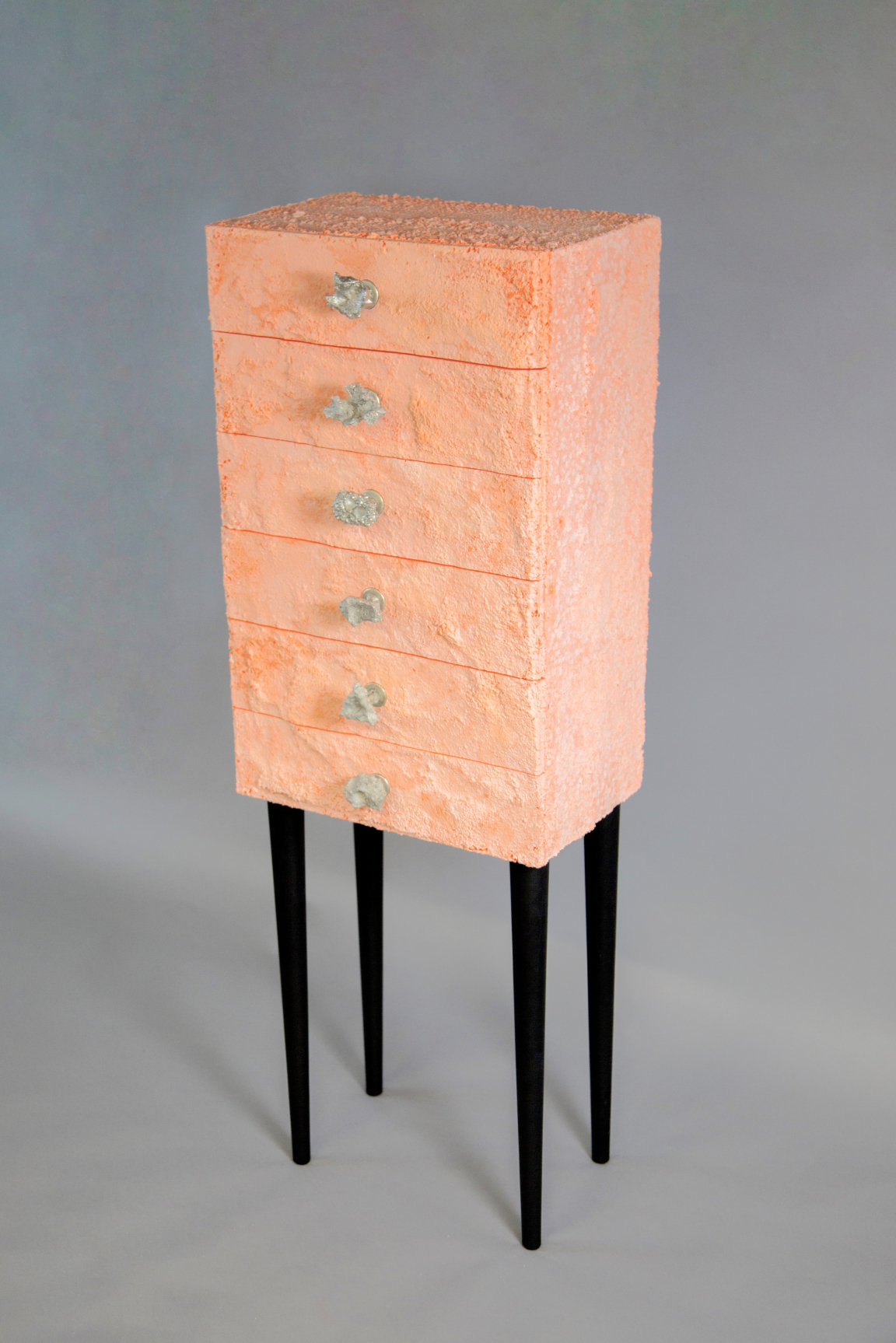
Gavin Stanley Keightley - Couscous
His project with Future Heritage at Decorex this year began with an insight into the topography of landscapes we live in, and how humanity has altered and hacked these natural formations through a range of anthropogenic processes. With a need to highlight the growing void between what is nature and what is generated by mankind, Keightley used a range of these processes to generate his own topography, unique textures that are born from the divide created by manmade impacts and the natural environment.
At the beginning of the project he was using a range of synthetic moulds made from polyurethane and polystyrene to cast a series of Jesmonite furniture pieces, but this left him with waste material that was difficult to re-use or recycle.
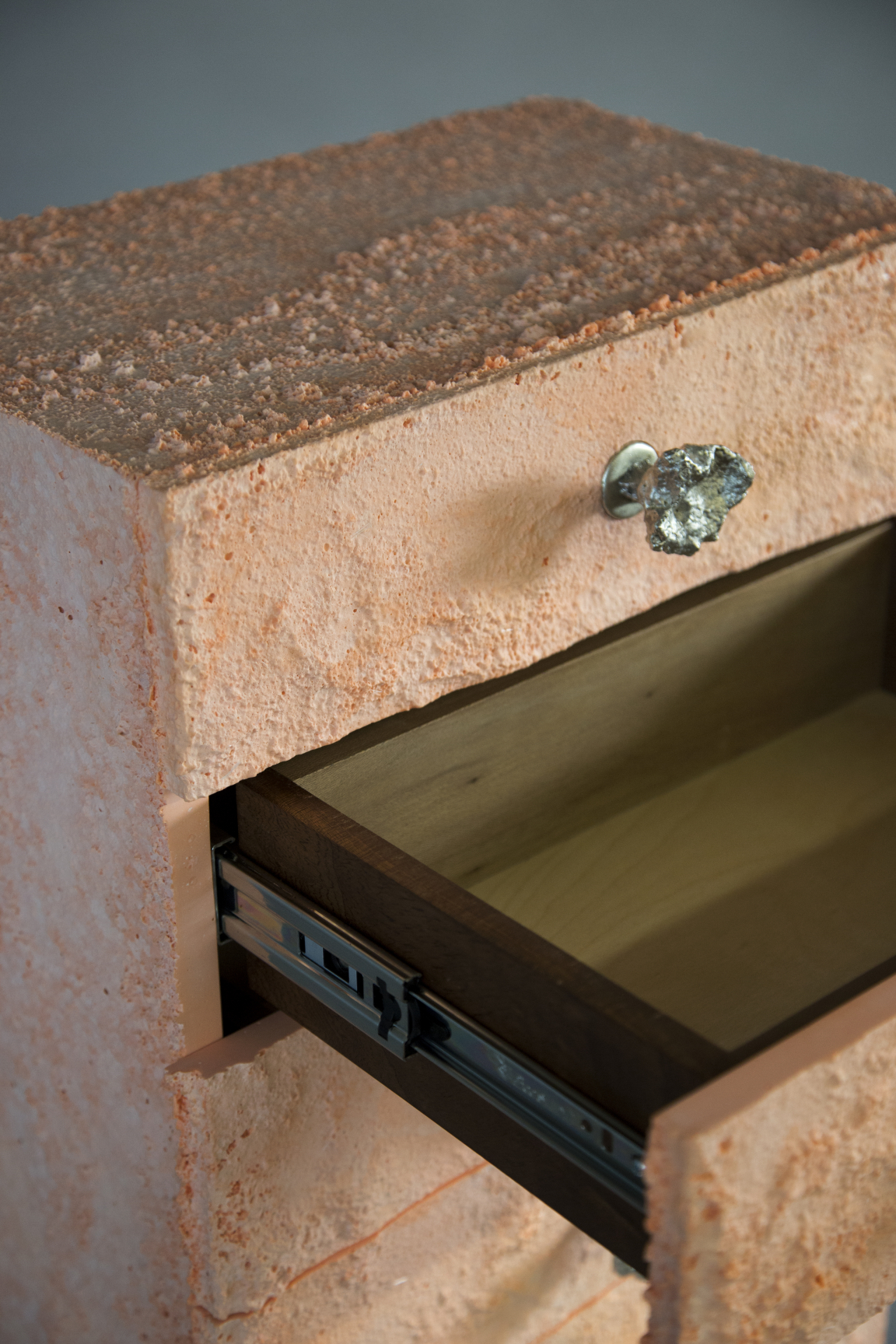
Gavin Stanley Keightley - Couscous Detail
“I wanted to find alternative mould making materials, I struggled to find any natural alternatives that were readily available and would perform how I wanted them to. I have always been fascinated with food, and one evening when I was making dinner it suddenly came to me. I could investigate into the unique properties contained within a range of foods, and utilise these to create my own natural mould materials” – Gavin Stanley Keightley
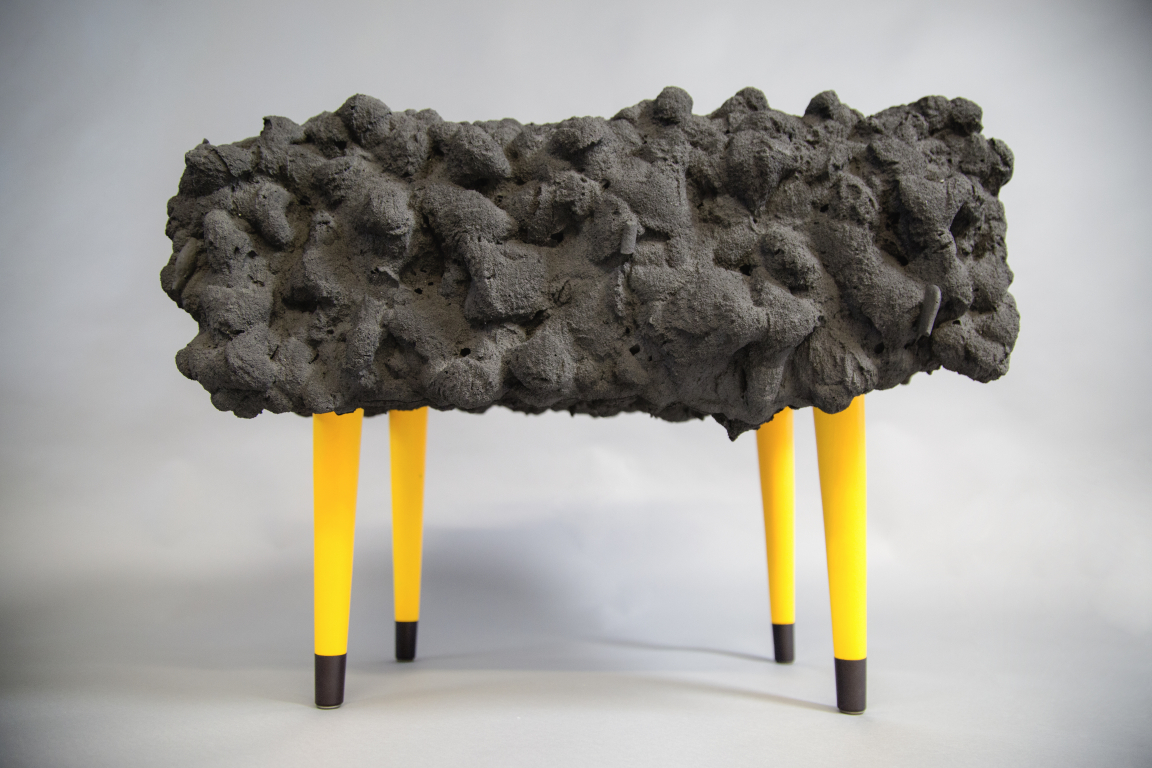
Gavin Stanley Keightley - Rocky
The inherent qualities of unorthodox materials serve to empower each process without prejudice or constraint. - Gavin Stanley Keightley
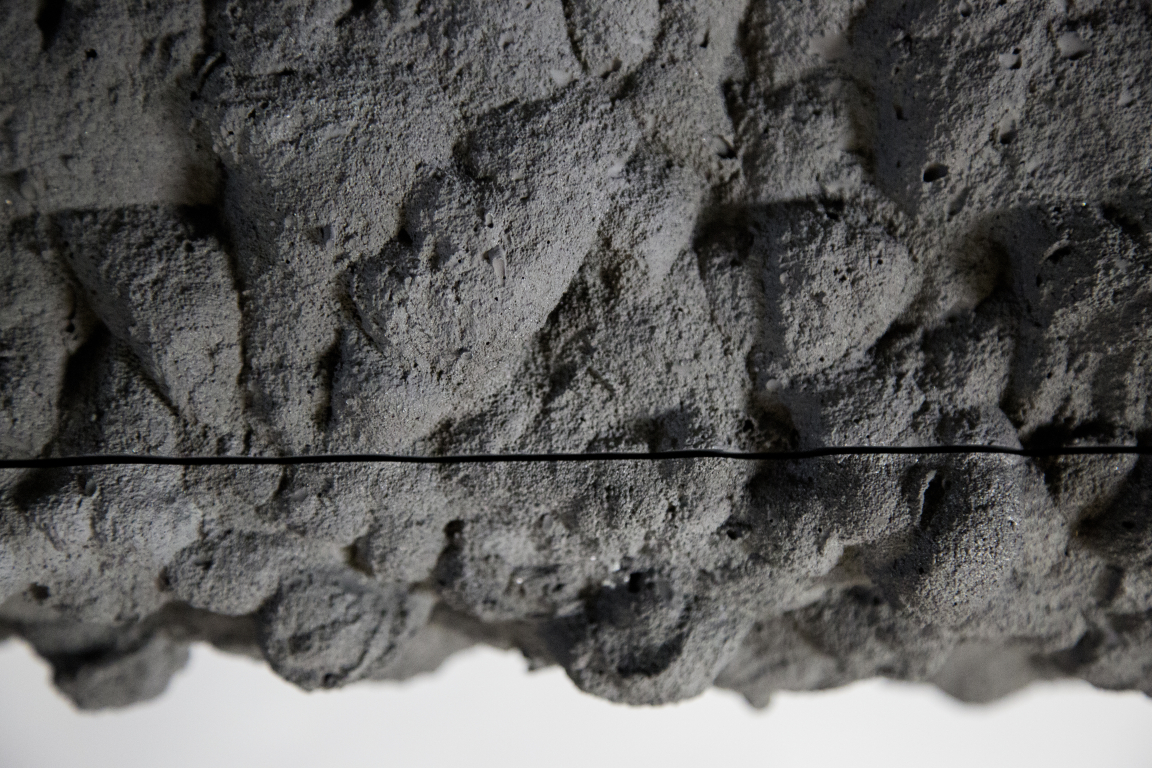
Gavin Stanley Keightley - Rocky Detail
“To redefine food as an edible material opened up a whole new library of substances that I could investigate into. It involves a lot of trial and error, patience and a strong stomach. Working with edible materials has taught me so much, and having a studio that smells like food is rather unusual. The stools I have made are a physical representation of the results from my research, each piece has elements that was created in moulds made from food. I used anything from bread to agar jelly for moulds, each material produces a texture that is wholly unique, and the topography left by the mould on the surface hints to the origins of its creation. – Gavin Stanley Keightley

Gavin Stanley Keightley
Once the mould materials have served their purpose, all of the remnants go to Keightley’s own allotment and straight into the composting system. With the intension of being able to use the compost to grow his own edible materials for future works, whilst still in the early stages his continued research has found some really interesting edible materials that he can grow himself.
Learn more about Gavin Stanley Keightley.



